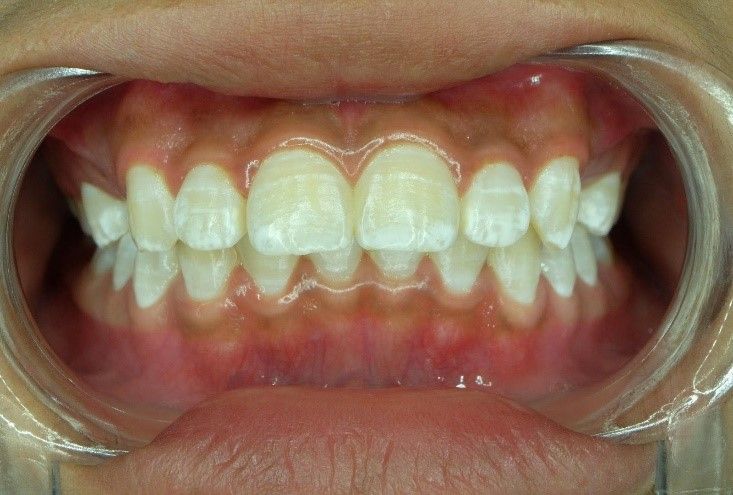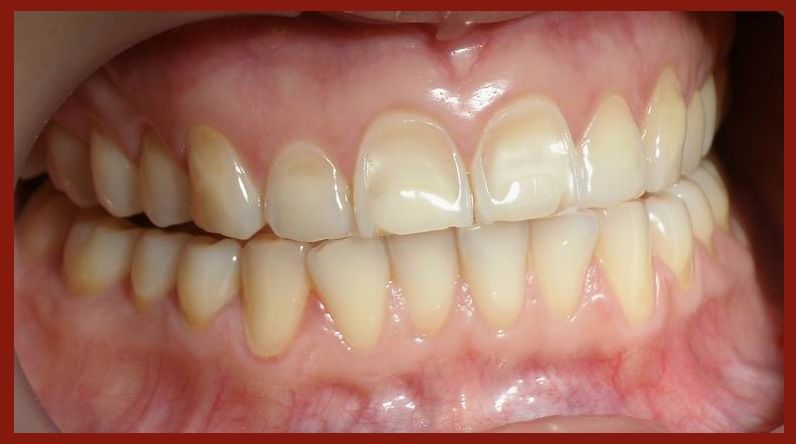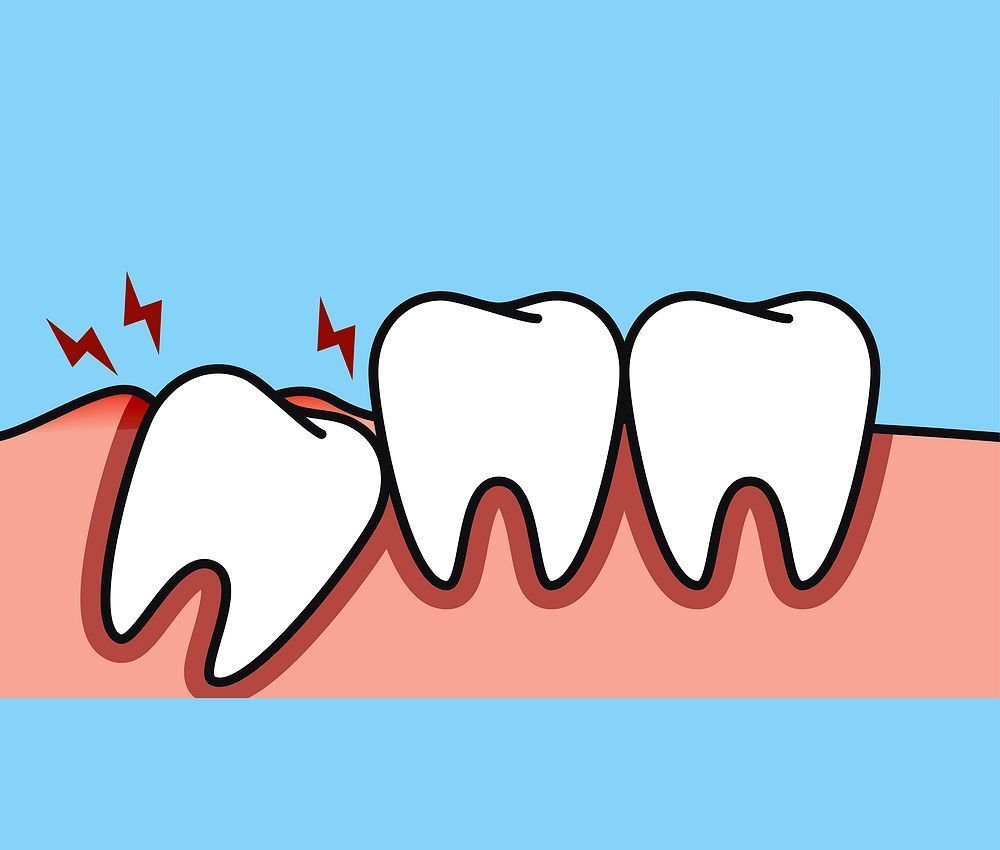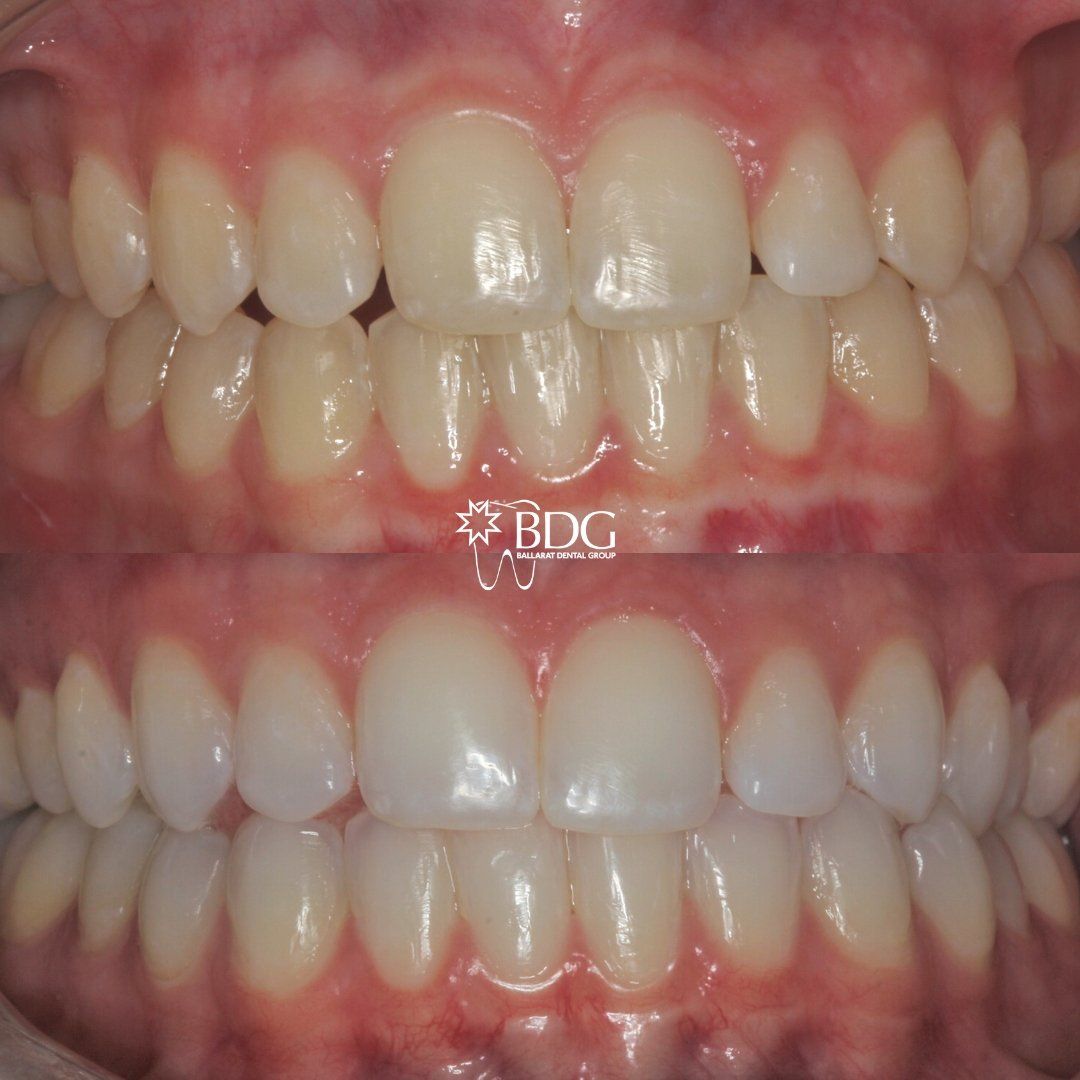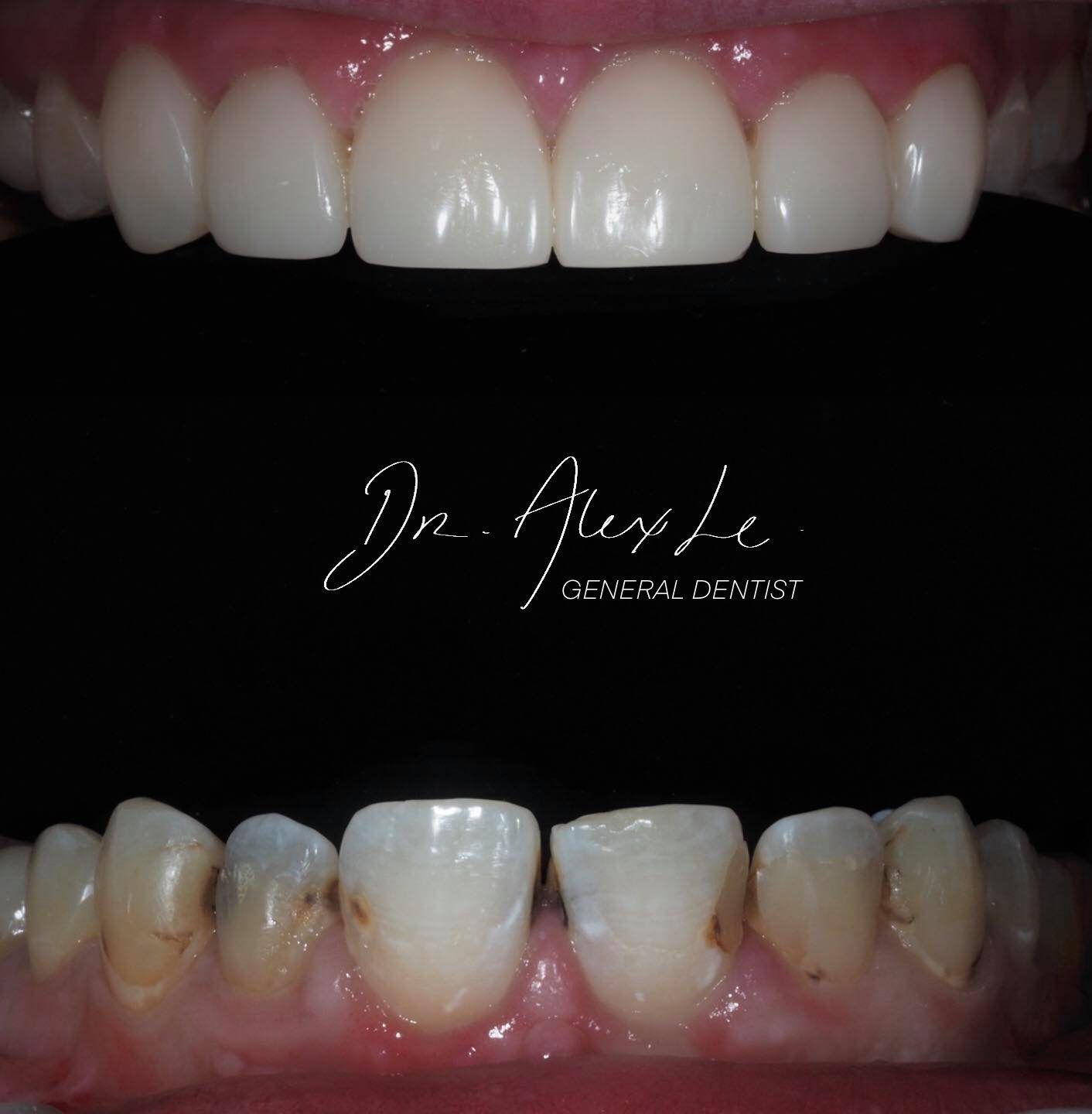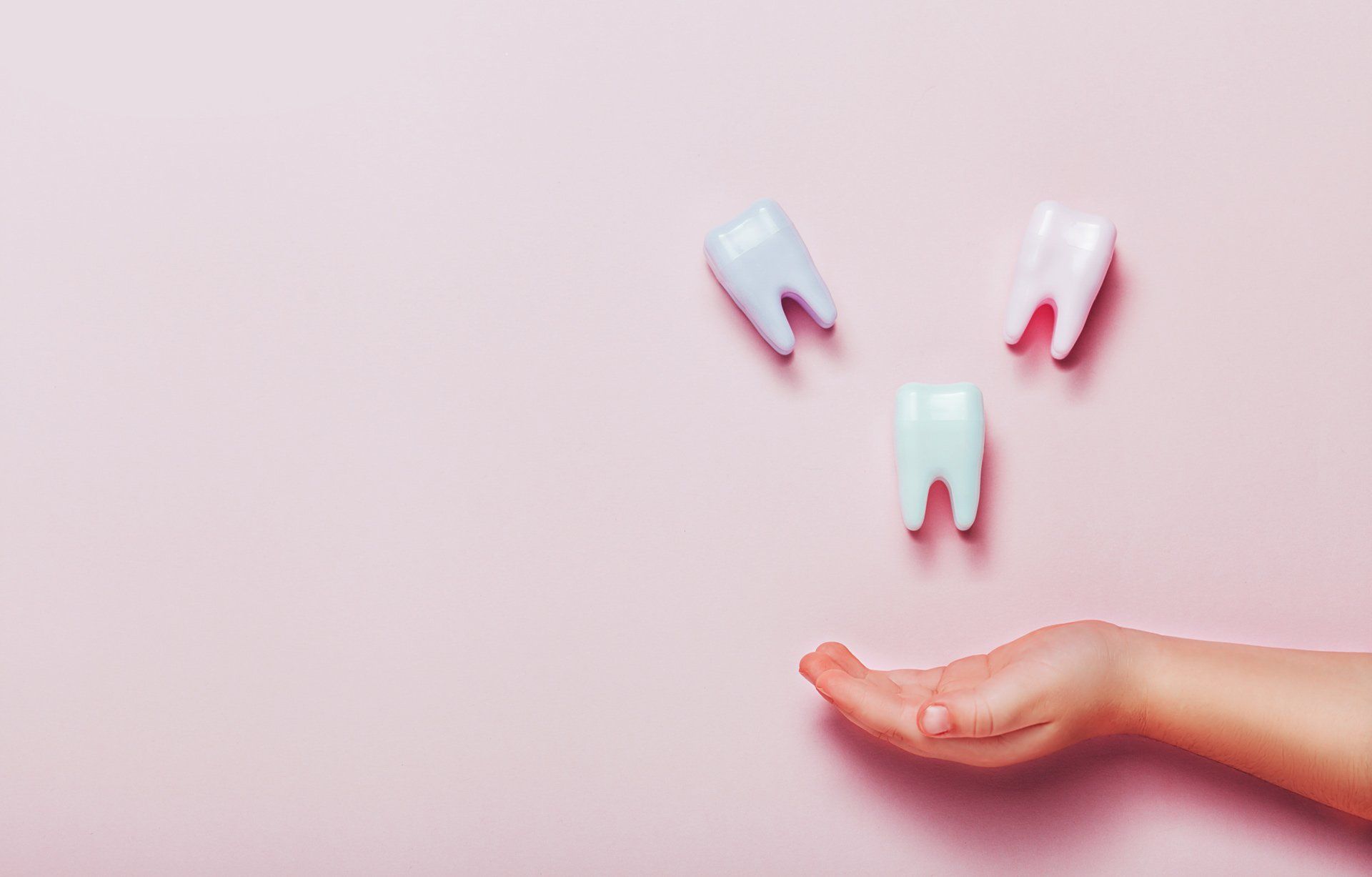What is Invisalign?
Invisalign is one of many clear aligner orthodontic systems designed to move teeth. It is perhaps the most well known and marketed clear aligner system and is quickly becoming a popular alternative to traditional braces.
How does it work?
Invisalign works by moving teeth through a sequence of clear aligners. After completing a detailed assessment by your dentist, each aligner is designed to introduce slight movements of your teeth. Aligners have to be worn for at least 22 hours a day - they are only taken out when you are eating and cleaning your teeth. By going through your aligners with regular monitoring, your teeth are gradually moved to their desired position and retained for life with a set of clear removable retainers or a bonded retainer.
WIll Invisalign work for me? Can I do Invisalign instead of braces?
There are advantages and disadvantages for both clear aligners and fixed orthodontic braces:
| Advantages | Disadvantages | |
|---|---|---|
| Clear aligners e.g. Invisalign | • Clear and hardly visible, looks natural | • Relies on excellent compliance from the patient - if aligners aren’t worn properly, it doesn’t work |
| • Much easier to maintain oral hygiene as they can be removed | • Can’t eat when wearing aligners and can only drink water - otherwise aligners will not be clear anymore | |
| Fixed orthodontic braces | • Works on moving teeth regardless of compliance as they are fixed | • Difficult to clean around braces |
| • Particular tooth movements are more reliable with fixed braces | • Obvious appearance of metal braces |
Your dentist will let you know whether Invisalign or braces are more suitable for you based on their assessment and your needs.
What should I expect from Invisalign treatment?
After an Invisalign consult, your dentist will start by taking photos of your facial profile and teeth, and a digital scan of your teeth.
Invisalign will generate a ‘Clincheck’, which is a simulation of what your teeth may look like at the end of the Invisalign treatment. Patients will often come in to review their Clincheck and your dentist will be able to provide more information regarding the features of Invisalign, including:
- Attachments - these are small fillings placed on the outside surface of your teeth to provide a handle grip for your aligners to move teeth precisely. Attachments are removed at the end of treatment before retainers.
- IPR (interproximal reduction) - sometimes teeth will need extra space to move. IPR helps to loosen tightness and to create space between teeth.
Clincheck will also show you how many aligners are required and estimate the duration of treatment.
After you finish all your aligners and the final position of teeth is reviewed, most people will go through a set of refinement aligners to perfect their smile. Depending on compliance and particular tooth movements, some teeth may come close to their desired position and will need some extra aligners.
Once you are happy with the position of the teeth, attachments will be removed and a final digital scan is done to process your clear retainers. Often, these retainers are worn like a regular aligner for 3-6 months to allow the teeth to stabilise before moving to night-time use only.
My own personal experience with Invisalign
I started my Invisalign journey in June 2022 as I was unhappy with the appearance of my front teeth, especially one tooth that was sitting behind the rest of the front teeth, which looked dark in photos. I was not interested in traditional braces and was motivated to start with Invisalign.
After the photos and scan was completed, I was happy with the Clincheck and had my attachments fitted in June along with IPR between my front teeth.
The first few aligners were the trickiest to adapt to - I had a bit of a lisp when the first set of aligners went in and the attachments did feel very strange especially when I was eating. In fact, I was quite happy to keep my aligners in to cover the attachments and within a week, the lisp had disappeared.
The teeth were definitely sore when a new set of aligners went in as you can feel them starting to push and move the teeth. The first few days are usually the most sore, especially taking them on and off. For most of my aligners, by the end of 7 days they were no longer sore.
I also found myself planning my meals strategically and minimising snacks in between as I didn’t really want to take them on and off more than I needed to - Invisalign is a pretty good way to stop snacking and lose weight. I never thought about eating whilst wearing the aligners since I didn’t want the aligners to stain and look yucky. Unfortunately it also meant I had to limit my teas to mealtimes and stick with water whilst wearing aligners.
After completing my 18 aligners, my front tooth had been pushed out which I loved but as a result, a black triangle space was quite obvious between my front teeth. I chose to do some more IPR and refinement aligners to further close up the spaces. After a year and a half, I am very close to finishing the Invisalign journey and am looking forward to being able to snack again.
